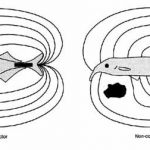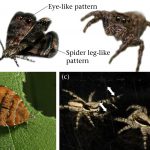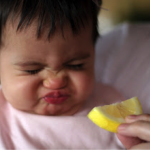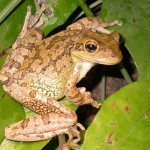This gallery contains 2 photos.
When it comes to electric animals, the go-to example is the electric eel dramatically stunning its prey with a powerful shock. And while electric eels do have some fascinating abilities, they’re just one of the many species of fish that … Continue reading






